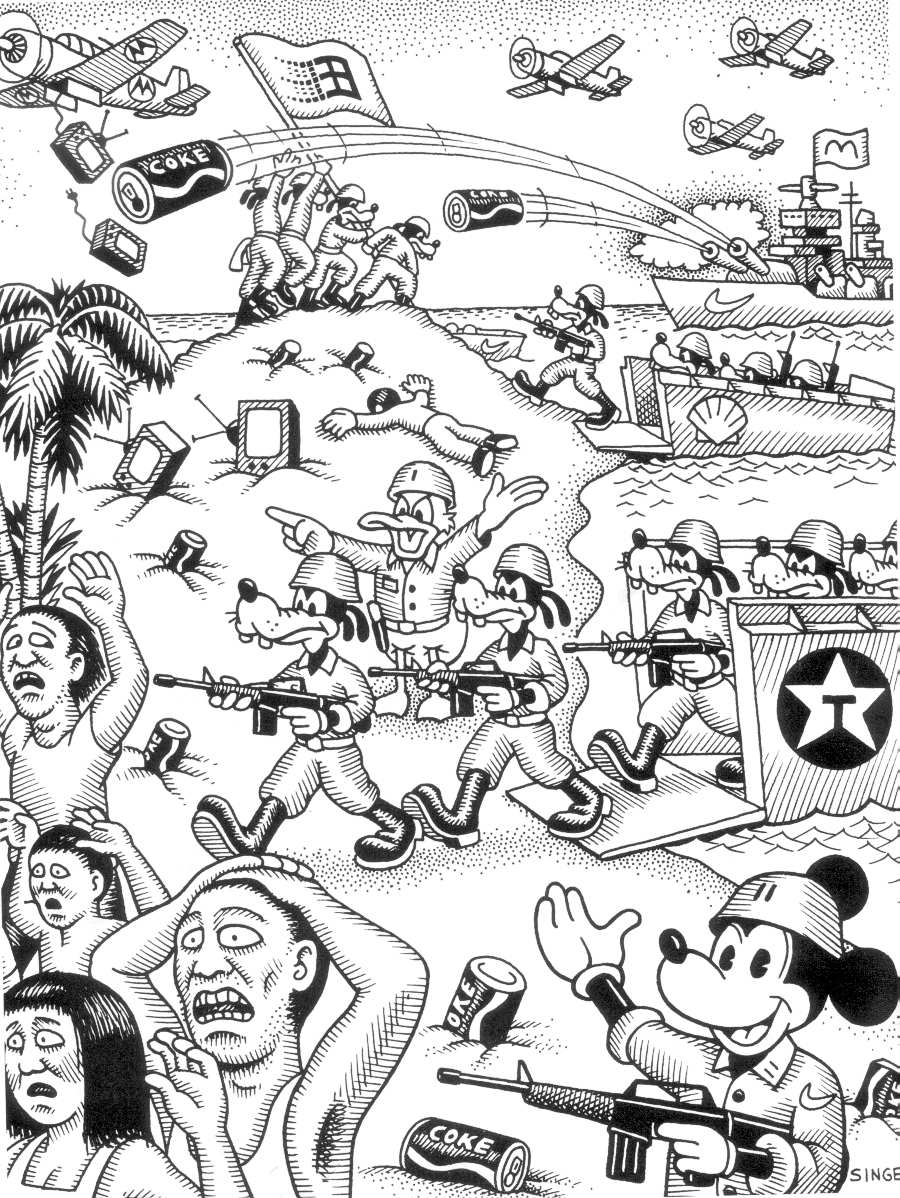US Industry: Trade Deals Vital To Meet Obama’s Export Goal
Wall Street Journal, USA
US Industry: Trade Deals Vital To Meet Obama’s Export Goal
By Ian Talley, Dow Jones Newswires
4 August 2010
WASHINGTON (Dow Jones)—U.S. trade and business groups are skeptical the U.S. can double exports without the Obama Administration signing a raft of new free trade agreements.
Although the Obama Administration is pushing ahead with a South Korean FTA, officials say their strategy focuses less on bilateral deals and more on boosting exports through promotion and more rigorous enforcement of trade rules.
Business and trade groups lauded the president’s goal to double U.S. exports in the next five years.
But aside from pursuing the South Korean FTA and vague promises of resurrecting the Doha round of international trade talks—which analysts say wouldn’t deliver practical results by 2014—the administration isn’t promising any other free trade deals.
Both labor and business groups criticize the administration’s efforts to get Beijing to sharply appreciate China’s under-valued currency, a major drag on the U.S. trade balance. U.S. Treasury Secretary Timothy Geithner has taken a pragmatic approach, expecting Beijing to only float the renminbi at a self-servingly slow pace.
"The president’s goal is achievable, but very, very difficult," said Frank Vargo, head of international economic affairs at the National Association of Manufacturers. "We won’t get there without radically different policies, including a lot more free trade agreements."
Allowing for exports to grow in line with a 10% long-term growth trend, Vargo forecasts the administration will have to encourage another $300 billion-worth of manufactured exports alone in 2014 to meet the president’s National Export Initiative target.
Around 40% of U.S. exports are to countries with which Washington has signed bilateral trade agreements, leaving 60% of export markets with trade barriers. Those barriers have to be axed to allow increased access, especially with large emerging countries.
The European Union, for example, has already signed a trade deal with South Korea and is currently negotiating with India, Brazil, Canada, Argentina and Central American countries. European manufacturers will have duty-free access to South Korean demand, while U.S. exports will have to pay an 8% tariff, a premium that may force continental trade shift.
Vargo worries losing those markets to the E.U. via trade deals would not only undermine plans to boost exports, it will reduce them.
The Obama administration doesn’t agree.
"There’s a danger in which we believe the only way to get new market growth is just to go get new trade agreements," said U.S. Trade Representative Ron Kirk.
While deals with South Korea, Columbia and Panama can boost exports, "Most importantly ... we’re going to much more aggressively and faithfully ask our trading partners to do one thing ... play by the rules," he said.
Kirk believes the administration’s enforcement actions could yield as much access in some cases as doing new free trade agreements. For example, for the software and high-technology sectors, compliance with World Trade Organization rules on intellectual property rights in China and Southeast Asia could boost exports by $50 billion to $75 billion.
While the administration has been fighting Beijing over an industrial policy that favors Chinese companies over foreign competitors, one dispute shows the difficulties of such a strategy. Despite renewed threats of a swell in "Buy American" provisions in U.S. government procurement rules, China has fought for nearly a decade to implement its own government procurement rules that meet WTO standards.
Even if the White House may see the benefit of more bilateral trade deals, the administration risks losing support from a core supporter—unions—if it presses forward on a raft of FTAs.
Thea Lee, policy director and chief international economist at the labor organization AFL-CIO, said the administration’s policy should focus more on net export growth, not just exports alone.
"We question whether right now, in the middle of a deep recession, a jobless recovery and election season, if putting another flawed FTA on the table is politically and economically ill-advised," warned Thea.
Labor’s particularly wary of trade deals and calculations on export growth, feeling burned on the North American Free Trade Agreement. U.S. exports to Mexico did increase, but imports have consistently outpaced trade outflows, especially after U.S. manufacturers moved facilities to lower-cost Mexico without having to face tariffs for exporting back into the U.S.
"If we double exports and we quadruple imports, we’re not generating new net jobs because of our trade relationships, we’re losing them," said Lee. "That’s actually the path we’re on right now."
Fear of riling labor may be a reason why the administration has chosen a less controversial approach. Besides enforcement, it’s also concentrating on trade promotion, updating its export control licenses, getting countries such as China to develop domestic demand and boosting finance for small to medium-sized businesses.
Export-Import Bank President Fred Hochberg said he is mulling a request to Congress this September to increase the bank’s lending capabilities beyond the existing $100 billion cap and the Commerce Department has asked Congress to beef up its trade promotion budget by 20%.






